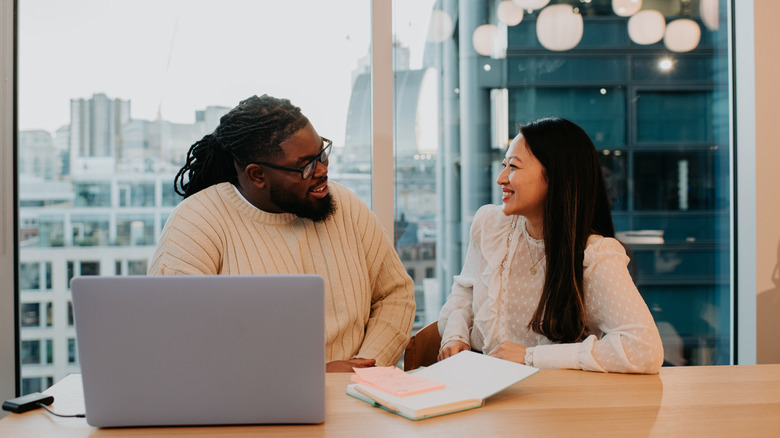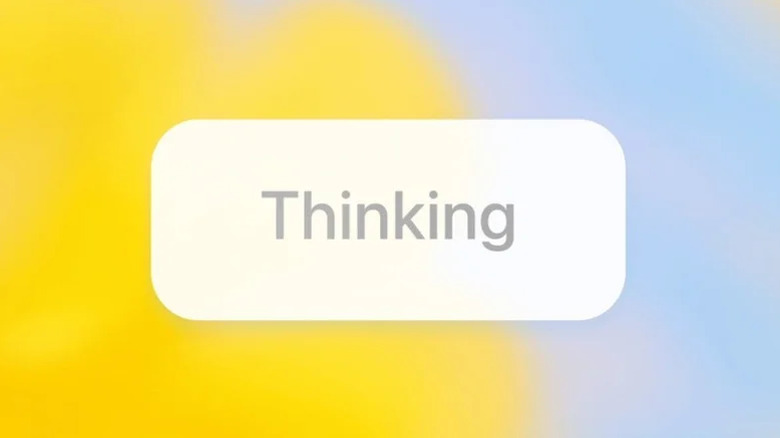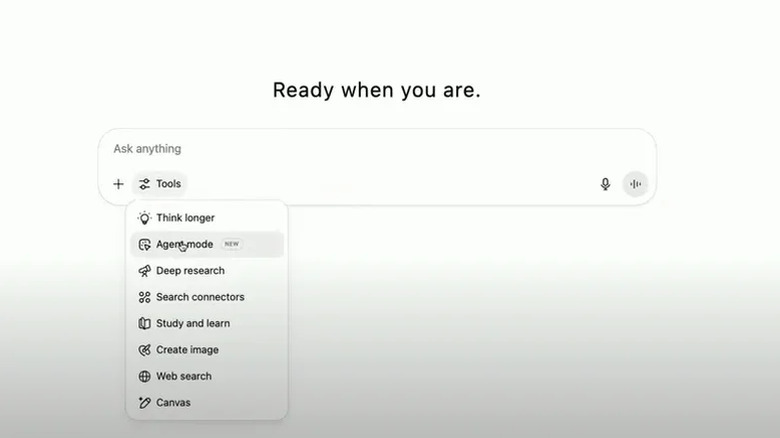Two Humans Are More Creative Than One Human With ChatGPT, Study Shows
Generative AI chatbots like ChatGPT and Gemini are getting more sophisticated with each new release. They can confidently answer any question (though they still make mistakes), and they can solve problems, code, and automate tasks. The more capable the AI becomes, the greater the fear that artificial intelligence will inevitably replace the human workforce.
But those in charge of AI firms and pushing AI products often remind us that while the AI will steal jobs, it will create others. They routinely tell us that tools like ChatGPT can't fully replace humans because AI lacks a key ability: Artificial intelligence isn't capable of exhibiting the same creativity that people do. AI regurgitates information based on what it has learned.
Creativity is, thus, the key human characteristic that will keep us relevant in the long term. But AI can help with the creative process as well, allowing users to quickly come up with digital content, from emails and documents to photos and videos. We've seen plenty of AI image, photo, and music generators go viral in the past few years, but it's always thanks to a human coming up with the ideas.
However, pairing a person with an AI tool will not give you the best possible creativity spark, if a new study is to be believed. Apparently, there's an even better way to boost human productivity, and it doesn't involve bringing ChatGPT or Gemini into the equation.
Creativity experiments involving ChatGPT
Researchers from the University Institute of Schaffhausen published the results of their creativity study in The Journal of Creative Behavior (via PsyPost). They set out to determine whether AI can truly improve human creativity, and whether there are better choices. Min Tang's team conducted a large creativity experiment that involved 202 university students from Germany. The researchers divided them into three groups before giving them all the same creative tasks. They created pairs of human-human, human-ChatGPT, and human-Google teams.
The researchers then came up with four creative tasks that each team had to perform. Two tasks involved alternate uses, like finding unusual use cases for pants or a fork. A consequence task involved imagining the world without access to food. Finally, the users were given a creative problem-solving task: Finding a solution for the most serious consequence of the previous task.
The scientists gave the participants questionnaires before and after each task. They looked to determine creative confidence and perceptions of the collaboration as self-reported by the users. However, the real test involved having a panel of human judges analyze the tasks and then using an AI model to score the same activities. Perhaps unsurprisingly to many people, the human-human pairings outperformed the ones that involved a person using ChatGPT or Google Search to solve the creative problems.
Two heads are better than one (with AI)
The human judges rated the human-human responses higher than the other two groups when handling divergent ideas. These are ideas that explore different possibilities for solving a problem. The "fork" task was a particular highlight for the human-human pairings. Human-ChatGPT and human-Google pairs offered similar results, when it comes to creatively solving problems.
Surprisingly, the AI model that judged the creative outputs of the same three pairings gave the wins to human-ChatGPT pairs, contradicting the human judges. Upon closer inspection, the researchers figured out why AI favored AI. ChatGPT responses are often more verbose, and the AI saw that characteristic as proof of improved creativity.
The study also found out that the human-human pairs were the only ones to show an increase in creative confidence after solving each task. The people in those pairs felt they were more creative at the end of the session. These study participants also thought that each person in the pair contributed equally to the task. People who used ChatGPT thought the AI was the main driver of creativity. Those paired with Google thought they were the main creative force. Interestingly, a previous AI study found that consistent use of AI like ChatGPT might impact a human's critical thinking abilities.
The new study seems to reinforce beliefs that humans are more creative than machines in most cases. Furthermore, human-to-human collaboration might yield better results than working with an AI chatbot to solve problems. However, this is just a preliminary study. Further research is required to prove these findings. Human creativity will have to be put to the test to come up with novel ideas to study creativity in the age of AI.


